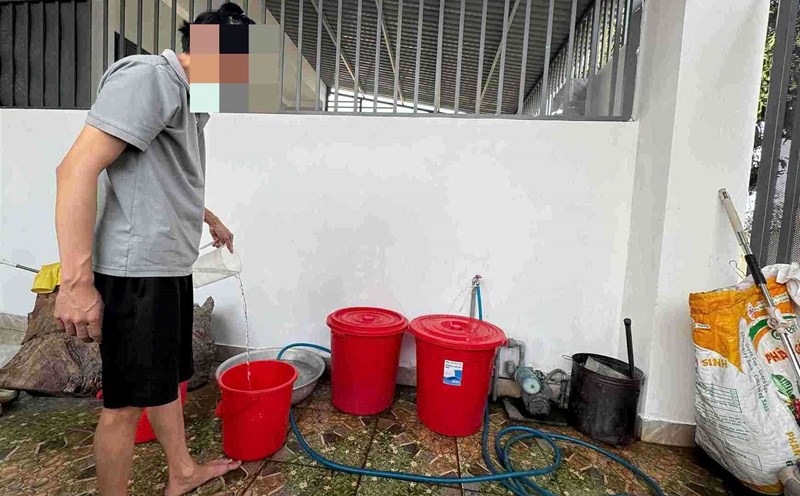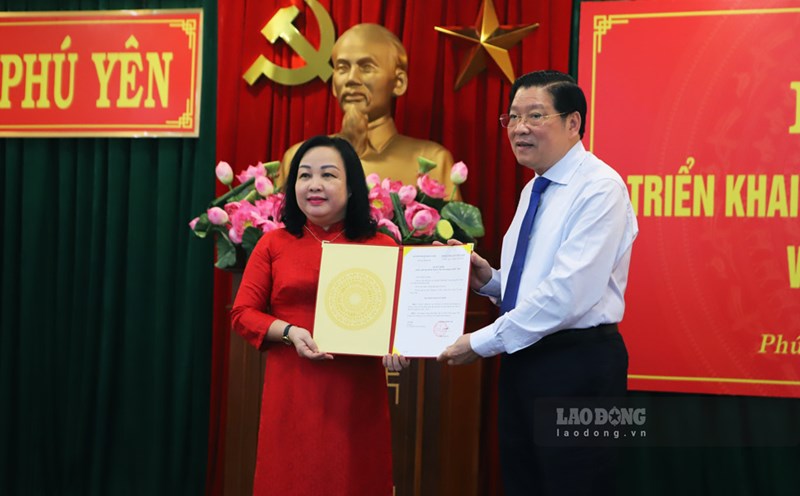The Ho Chi Minh City Department of Transport has reported to the Ho Chi Minh City People's Committee on the implementation of Resolution No. 01/2018/NQ-HDND on the fee for temporary use of roadways for car parking in Ho Chi Minh City. As a result, the hourly car parking fee collection on 20 routes from December 2020 to the end of October 2024 was 22.04 billion VND, but 24.32 billion VND was spent.
The Ho Chi Minh City transport sector calculates that with this number of parking locations, it will earn about 6.7 billion VND per month (about 80 billion VND per year).
The figure of 80 billion VND/year is not "serious", but is completely well-founded. Because the number of cars is increasing, the demand for parking is also increasing. According to the law on supply and demand, the number of parking spaces does not increase but demand increases, businessmen do not worry about lack of customers, just sit and count the tables.
But strangely, the fee collection unit, Youth Volunteer Public Service Company Limited, is still losing money.
The total revenue from car parking fees from December 2020 to October 2024 is about 22.04 billion VND. The cost of organizing toll collection (workers, hiring toll collection software...) is about 24.32 billion VND. The total expenditure exceeded the revenue of 2.28 billion VND.
If compared to the calculation of the transport sector, it collects about 80 billion VND per year, in 4 years it collects 320 billion VND, but in reality, the collection is only over 22 billion VND. So, where did the remaining 298 billion VND go?
The answer is, either the transport sector calculated incorrectly, or there were errors in the toll collection management stage.
Just think that the transport sector has errors in calculations, it is impossible to have a difference of several tens of billions of VND/year like that.
Therefore, it can be affirmed that the management of car parking fee collection is still limited.
The Youth Volunteer Public Service Company Limited uses fee collection software, but still does not manage it well. So the cost of that software is ineffective.
Currently, there are many technology applications that support highly effective management. The roads are covered with cameras, it is necessary to exploit technical means and connect to control, prevent loss, and promptly handle violations of payment fees.
Roads in Ho Chi Minh City are a resource source, demand is greater than supply, if fee collection is effectively managed, there will be a huge source of revenue.










